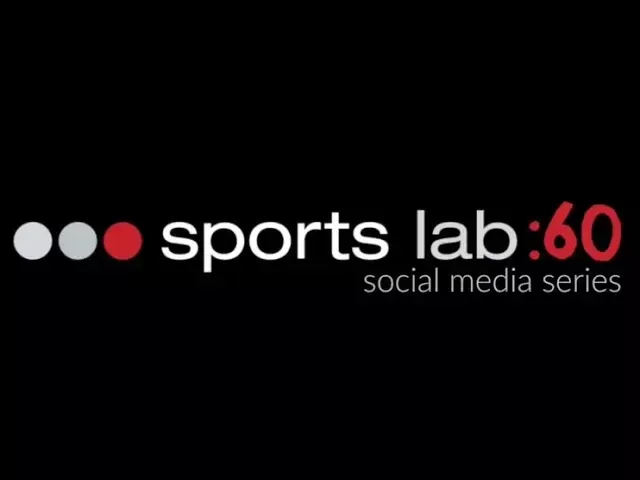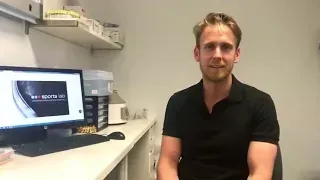MUSCLE – THE THREE TYPES
About half of your body’s weight is made up of muscle.
There are three distinct types of muscle tissue recognized in vertebrates – skeletal, smooth and cardiac Each type of muscle tissue in the human body has a unique structure and function.
1. Skeletal muscle.
Skeletal muscles are made up of cylindrical fibers with the nucleus of each cell near the edge. The cells are striated in appearance. Skeletal muscle or “voluntary muscle” is attached by tendons to the skeleton. We can consciously control it
through nervous impulses from our brain which sends messages to the muscle and so allows us to control the movements of our body. Contractions can vary to produce powerful, fast movements or small precision actions. Skeletal muscles also have the ability to stretch or contract and still return to their original shape. These muscles are found all over the body including the deltoids, pectorals, abdominals, quadriceps and gluteal muscles. Even your tongue contains skeletal muscles.
2. Smooth muscle.
Smooth muscle differs from skeletal and cardiac muscle in terms of structure, function and action. This muscle is a type of non-striated muscle composed of elongated, thin shaped cells with a central nucleus It forms organs like the stomach and bladder and changes shape to facilitate bodily functions Smooth muscle is found in the walls of blood vessels and hollow visceral organs (except the heart) such as the esophagus, stomach, intestines, bronchi, uterus, urethra, bladder, and the arrector pili in the skin (in which it controls erection of body hair). It is also known as involuntary muscle, meaning it is not under our conscious control but is controlled by involuntary neurogenic impulses and has slow, rhythmical contractions for controlling internal organs. Smooth muscle in the digestive system, for example, contracts in the esophagus to move food down to the stomach, and smooth muscles in the blood vessels, help blood to move around the body.
3. Cardiac muscle
Cardiac muscle is also known as myocardium. This type of muscle is found only in the walls of the heart. Cardiac muscle cells are quadrangular in terms of shape, and have a single central nucleus. Like the skeletal muscles the cells of cardiac muscle tissue are striated. This is caused by the arrangement of protein fibers inside of the cells which give the appearance of light and dark bands. Striations indicate that a muscle cell is very strong. These muscles are thickened because they must contract frequently to move blood in and out of the heart. and through the blood vessels of the circulatory system. It has similarities with smooth muscle
in that it cannot be controlled consciously Striated muscle contracts and relaxes in short, intense bursts, while smooth muscle sustains longer contractions.










